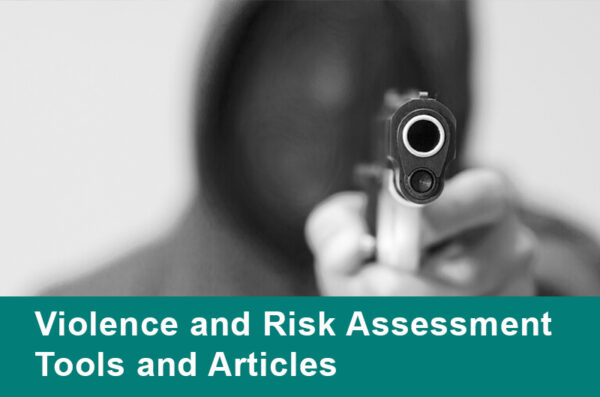Articles Tagged with ''forensic psychiatry''
CLINICAL UPDATE
Psychopharmacology in Jails: An Introduction
Joe Simpson, PhD, MD.
Supervising psychiatrist at the Los Angeles County DMH Jail Mental Health Services, CA
Dr. Simpson has disclosed that he has no relevant financial or other interests in any commercial companies pertaining to this educational activity.
Read More
Fighting in the Trenches: A Practical Guide to Violence Risk Assessment and Management
Josh Sonkiss, MD
Chief Resident University of Utah Department of Psychiatry
Dr. Sonkiss has disclosed that he has no relevant relationships or financial interests in any commercial company pertaining to this educational activity.
Read More
Seven Clinical Pearls for Suicide Risk Assessment
Timothy W. Lineberry, MD
Associate professor of psychiatry, Mayo Clinic
Dr. Lineberry has disclosed that he has no relevant relationships or financial interests in any commercial company pertaining to this educational activity.
Read More


_-The-Breakthrough-Antipsychotic-That-Could-Change-Everything.jpg?1729528747)



